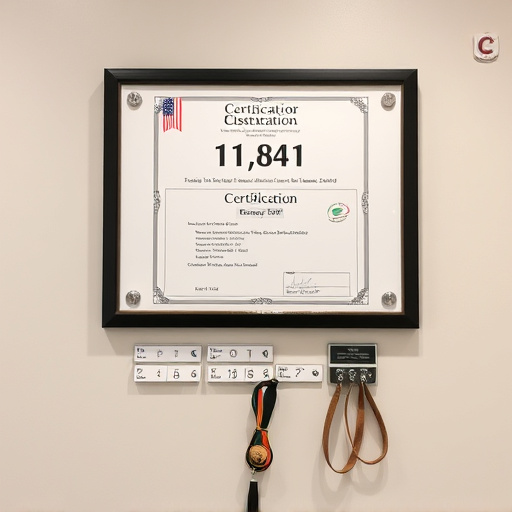Cold Air Intake (CAI) Dyno Results Verified: Key to unlocking engine potential, dyno tests mimic real-world driving conditions, providing data on air-fuel mixture efficiency and power output. Verified results offer optimization insights for mechanics and owners to fine-tune engine settings. This process enables informed decisions for performance or fuel efficiency gains, transforming automotive tuning with precise measurements of power outputs, torque curves, and engine efficiency in controlled environments, proving CAI modifications effective and safe for street cars and racing machines.
In the world of automotive performance, understanding Cold Air Intake (CAI) dyno results is pivotal. This article delves into the intricacies of verified power measurements using CAI dynos, offering a comprehensive guide on how to interpret data and ensure accuracy. From understanding dyno results to the verification process and its benefits, you’ll gain insights into how validated cold air intake dyno data can enhance your vehicle’s performance potential.
- Understanding Cold Air Intake Dyno Results
- The Process of Verifying Power Measurements
- Benefits and Applications of Verified Dyno Data
Understanding Cold Air Intake Dyno Results

When interpreting cold air intake dyno results, it’s crucial to understand that these measurements provide valuable insights into an engine’s performance potential. The cold air intake dyno results verified offer a clear picture of how efficiently air and fuel mix within the engine, directly impacting power output. By analyzing these results, vehicle owners and mechanics can identify areas for optimization, ensuring maximum performance and efficiency.
These tests simulate real-world driving conditions, allowing for a comprehensive evaluation of modifications made to enhance airflow. The data obtained from cold air intake dyno results is essential for fine-tuning the engine’s settings, such as timing, fuel injection, and compression ratios. With this information, users can make informed decisions to achieve the desired power gains or fuel efficiency improvements.
The Process of Verifying Power Measurements

The process of verifying power measurements involves a meticulous approach to ensure accuracy and reliability, especially in high-performance vehicles equipped with cold air intakes. It begins by setting up a controlled environment using a dyno (dynamic measurement machine), which simulates real-world driving conditions. The vehicle is connected to the dyno, allowing for precise monitoring of engine performance under various load scenarios. During testing, sensors capture critical data points like engine speed, throttle position, and manifold pressure, providing a comprehensive understanding of the cold air intake’s impact on power output.
Once the dyno results are obtained, they undergo rigorous verification to cross-check accuracy. This includes comparing measurements with known standards and industry benchmarks, as well as replicating tests to ensure consistency. By validating these figures, experts can confirm that the observed power gains or improvements are genuine and attributable to the cold air intake system, offering car enthusiasts and mechanics reliable data for informed decisions.
Benefits and Applications of Verified Dyno Data

In today’s automotive tuning landscape, cold air intake dyno results verified data is revolutionizing how we optimize vehicles. This innovative approach offers several key benefits compared to traditional testing methods. By utilizing a dyno, tuners can accurately measure power outputs, torque curves, and engine efficiency under controlled conditions. This ensures that modifications, such as cold air intakes, are not only effective but also safe.
The applications of cold air intake dyno results verified data span across various platforms, from street-legal performance cars to competitive racing machines. For car enthusiasts, it allows for precise tuning, maximizing engine potential while maintaining reliability. In the racing sector, verified dyno data aids in developing high-performance vehicles, providing crucial insights for track-day setups and race car preparations. This technology fosters a culture of data-driven enhancements, pushing the boundaries of automotive performance while prioritizing safety and efficiency.
In conclusion, understanding and verifying power measurements through cold air intake dyno results is a game-changer for automotive enthusiasts. By accurately assessing engine performance data, these verified dyno tests offer numerous benefits, enabling modifications that enhance power output, fuel efficiency, and overall driving experience. With such precise insights, folks can make informed decisions, fostering innovation in the world of automotive customization.














